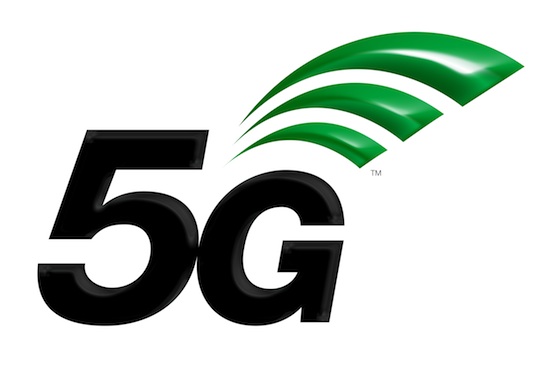Vodafone and American operators were quick off the mark with new trials and deployment plans after 3GPP completed the first standard for 5G non-standalone New Radio.
The body’s members ratified the new architecture at a meeting in Lisbon on 21 December, providing the model and principles for enhanced mobile broadband use cases with a heavy focus on network slicing.
The specification includes features for authentication for subscribers and authorisation for usage of services, as well as support for applications including edge computing. It also provides interworking with and migration from 4G.
Other features include IMS support for emergency and regulatory services and user services via different access systems such as fixed network access or wireless LAN.
Work will now turn its attention to standalone 5G, with work beginning on the RAN, security, operations, administration and management, and results expected to be delivered by June 2018. Further areas of focus will also be announced this quarter.
Following the meeting, telcos scrambled to announce showcases of the standardised technology, with pre-standard trials and demonstrations dominating the news agenda in 2017.
On 21 December, Ericsson and Qualcomm said they had demonstrated interoperability between their products based on the newly approved standard. The showcases took place at the Ericsson Lab in Kista, Sweden, as well as Qualcomm’s lab in the US, using the 3.5GHz and 28GHz spectrum bands.
The vendors worked with AT&T, NTT DOCOMO, Orange, SK Telecom, Sprint, Telstra, T-Mobile US, Verizon and Vodafone on the demonstration although there were no details about what any of the telcos actually did.
The following day, Ericsson announced plans to raise $220 million from the Nordic Investment Bank and $150 million from AB Svensk Exportkredit to fund 5G research.
Operators across the Atlantic also leaped forward with plans following the breakthrough, with AT&T claiming it would be the first US telco to launch 5G in the market this year, despite an absence of commercial devices.
AT&T also demonstrated interoperability between Nokia and Intel equipment, conducting a data session in the 28GHz spectrum band.
Meanwhile, rival Verizon completed what it said was the first successful FDD Massive MIMO trial with a fully compatible customer device. Announcing the news on 28 December, the US operator said Ericsson provided network hardware and software and Qualcomm provided its Snapdragon 845 Mobile Platform for the end-user device.
December also saw Vodafone carry out the UK’s first trial of standalone pre-standard 5G. The operator demonstrated a connection in the 3.5GHz band in a demo with Ericsson and King’s College London. Previous UK trials had demonstrated 5G connectivity working alongside 4G.
The telcos and university are also exploring how carrier aggregation can further boost data speeds.
Vodafone UK Head of Networks Kye Prigg said despite the test, “building a 5G network will take time”. He said: “Right now, we’re also modernising our network by making smarter use of our existing mobile technology to keep ahead of consumption demands and provide the mobile coverage our customers deserve.”



